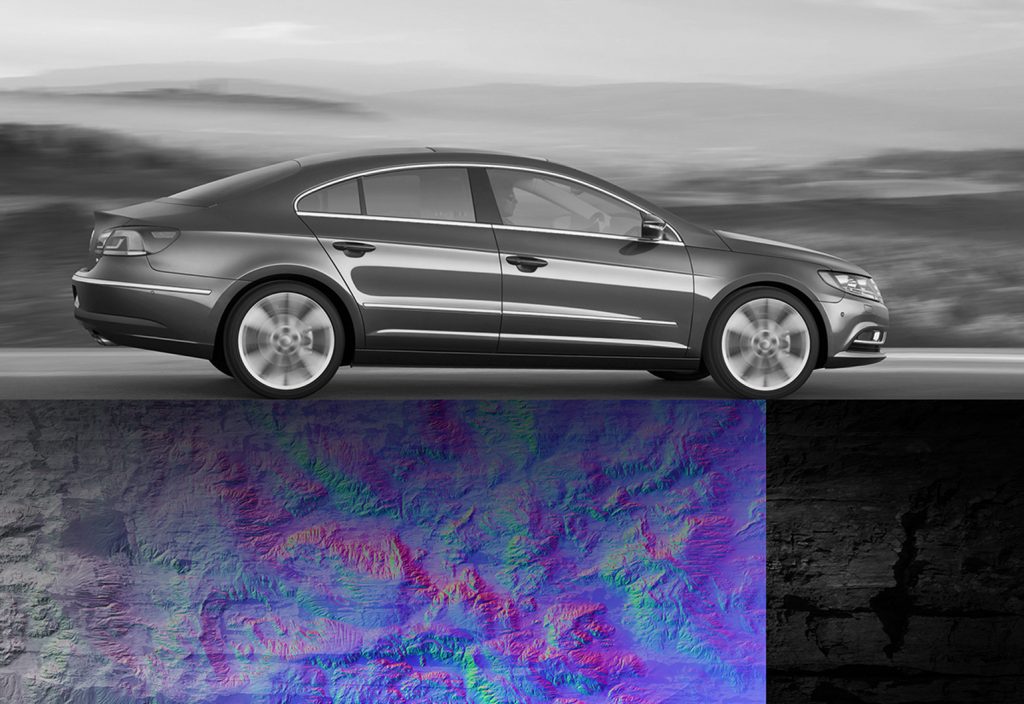Foggy conditions and icy roads make for challenging driving conditions. A localising ground penetrating radar system developed by US researchers could give driverless cars an edge in low-visibility navigation.
Like us, most autonomous vehicles need to ‘see’ road markings and surrounding reference points, such as buildings and street signs, to stay in their lane and on course to their destination.
Optical systems such as cameras work in clear conditions, but if the weather turns stormy or road surfaces are covered in snow or ice, they can’t deliver the centimetre-level accuracy needed for safe driverless navigation. Other sensors such as LiDAR and standard radar can also struggle in tunnels or flat landscapes without visible reference points.
One solution is to look for landmarks underground. US startup WaveSense, which officially launched in August, is getting ready to release localised ground penetrating radar (LGPR) tech developed by researchers at Massachusetts Institute of Technology (MIT) to the commercial autonomous vehicles market.
15 years in the making
According to Boston Business Journal, WaveSense co-founder and Chief Technology Officer Byron Stanley spent 15 years at the MIT Lincoln Lab perfecting the LGPR system, which detects subsurface markers such as pipes, tree roots, and variations in geology and soil composition.
Originally developed for the military, the tech was installed on vehicles deployed to Afghanistan in 2013 to help navigate routes without standard road markings.
The key to the LGPR’s operation is a waterproof, 12-element antenna array. It uses very high frequency (VHF) radar reflections, which gives it a deeper range (up to 3 m) than other ground penetrating radar (GPR) systems. This means it is able to map stable subterranean characteristics that are constant over time.
Stanley explained that the antenna array is designed so measurements from each element look similar and can be compared on subsequent passes. The data collected is correlated into a 3D GPS-tagged GPR map to give a corrected estimate of the vehicle’s position.
The results are impressive. In 2016, MIT reported a test vehicle equipped with an LGPR sensor was able to pinpoint its location to within 4 cm of lane boundaries, while driving at 60 mph (96.5 km/h) over a snow-covered road at night.
Earning the public’s trust
Rather than replacing GPS and existing sensors, LGPR data could be used to complement them and provide a backup in conditions where GPS signals are weak or unavailable, or when weather conditions cause aboveground sensors to fail. As a bonus, GPR maps could help reduce the need for constant updates to high-resolution road maps, and they can also help identify underground maintenance issues for roads and bridges.
One drawback is that WaveSense’s LGPR sensors only provide navigation data for previously mapped roads. So far, the MIT testing has mapped 10,000 miles (16,000 km) of roads in the New England area during its testing program.
Last year, MIT joined forces with Geophysical Survey Systems Inc. to start producing the sensors for the commercial market. According to WaveSense co-founder and CEO Tarik Bolat, the company is now launching pilot programs with some large (but unnamed) car manufacturers. He also estimated the price of sensors could be under US$100 (AU$140) once they were scaled up to mass-production.
Bolat told CNET that although advances in autonomous vehicles had the potential to transform transport, safe and reliable navigation still had a long way to go.
“WaveSense’s technology radically improves the safety of self-driving vehicles in all conditions and provides the confidence and reliability our sector must demonstrate in order to earn the public’s trust,” he said.

